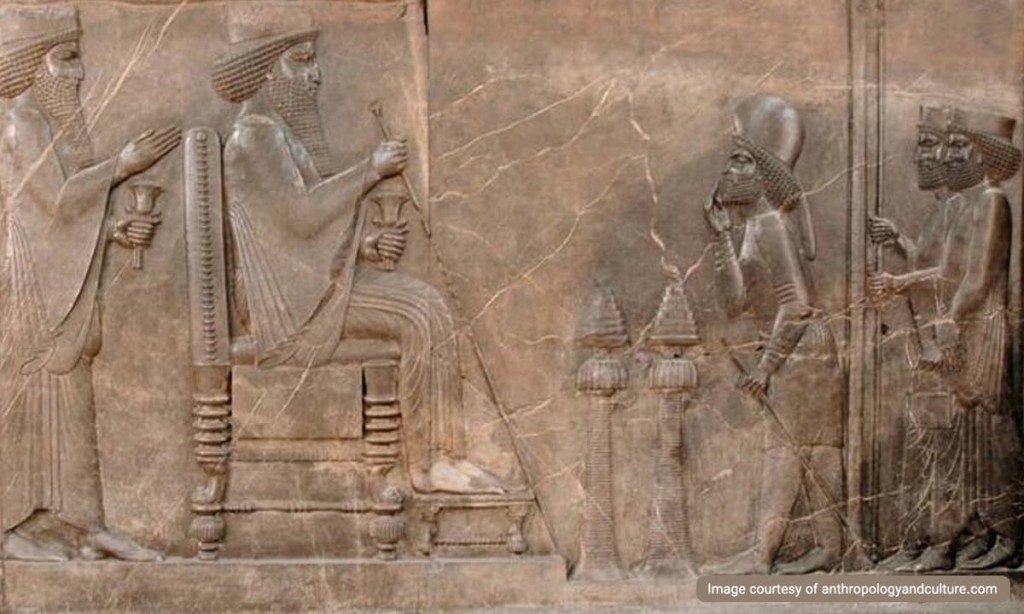
Nowruz, Iranian New Year, had deep roots among ancient Iranians, particularly farmers. It’s an intangible cultural heritage of Iranian inscribed by UNESCO. As their lives depended largely on agriculture and producing food, it has got a strong connection to such a lifestyle. You need to know Nowruz’s history and roots of the Nowruz Celebration to understand Iranian traditions better.
When no agricultural activities were possible in Winter, each individual used to go home and try to keep warm on his/her own. The end of Winter and beginning of Spring, when it got warm again and the people, most of whom were farmers, could get out and come together for work and produce food, the time for togetherness started. This could be a solid reason for the Nowruz celebration!
Nowruz & Mythology
According to the ancient myths, when Iranian mythological king, Jamshid, ruled in Iran for 1000 years, everything was good. Food was abundant, lies didn’t exist, plants didn’t go dry, people didn’t suffer from extreme cold and hot weather conditions, nobody got old, jealous, etc.
During such time and at the beginning of the first day of the first month of Spring, Jamshid sat on his throne decorated with gems and put on a crown encrusted with jewels, against the East. When the Sun started shining at him and the throne, people saw him glittering like the Sun. Therefore, this brought plenty of happiness and joy to the nation. They celebrated that day and called it a new day, Nowruz. The happy ceremonies took five days and everyone celebrated the New Year and the revival of nature.
Nowruz & History
Since the 3rd millennium BC, Nowruz was commemorated with joy in the Iranian plateau, but not in the Eastern half of Iran. At the same time, it was celebrated in the Mesopotamia. Nowruz history doesn’t originally go back to a Zoroastrian nor an Aryan tradition.
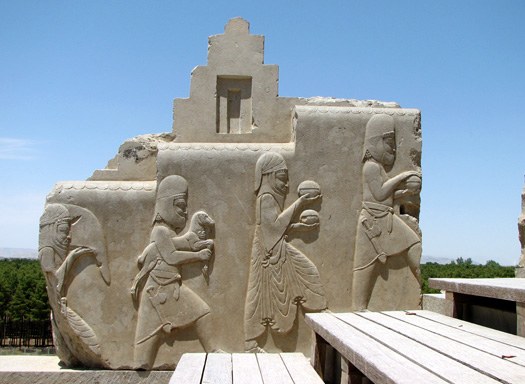
There was another festivity popularly celebrated after the time of harvest around early November. During that time, the Iranian calendar had 7 months of Summer and 5 months of Winter. Mehregan was at the end of Summer and the beginning of Winter. The cause of joy was the crops harvested, meaning food for people.
Nowruz and Mehregan were celebrated in several other adjacent countries. For example, they were popular among the Semites, Arabs of Medina, etc. These annual celebrations have continued till now in various countries.
When you study Nowruz history, you find out it wasn’t a Zoroastrian festivity, because Avesta, the holy book of Zoroastrians, hasn’t mentioned it. On the other hand, it wasn’t celebrated in the Eastern half of Iran, where the main concentration of Zoroastrians used to live. One fact is for sure: Nowruz was celebrated in Persepolis.
Nowruz Festivity in Ancient Calendars
In the Achaemenian era, people and officials commemorated Nowruz in the form of an annual tradition everywhere – at home and in Persepolis. Some researchers believe that during the early Achaemenian era, Mehregan was celebrated in Fall, but under Darius I, the beginning of Spring was determined to be the time for the annual festivity in Persepolis.
The Persian king was sitting in a particular direction and specific spot in Persepolis so that daylight could shine at his face at sunrise. This is why Persepolis is known as the throne of Jamshid and Iranians call it Takht-e-Jamshid.
In Parthian and Sassanian eras, various calendars caused the day of Nowruz to move to other days as the calculation for different calendars were not the same.
Iranians continued celebrating Nowruz even after the Arabs’ invasion, which brought Islam to Iran. Arab caliphs weren’t happy about this at all, but Iranian Muslims kept on honoring and celebrating their national rituals.
Under Seljuks, when Turk authorities were very much against the Nowruz festivities, the Iranian calendar went through several manipulative changes. Eventually, a group of mathematicians was assigned a project to correct the calendar including Omar Khayyam. They fixed Nowruz time at the beginning day of Spring, almost the same as the 21st of March when Iranians celebrate Nowruz these days.
When Safavids ruled in Iran from the 16th to 18th centuries, the Nowruz celebration was mixed with some Islamic rituals. Religious leaders narrated traditions from Imams to approve that the prophet Mohammad and others did great things on such a day. Therefore, today Iranian Shiites celebrate Nowruz as an annual Iranian-Islamic event and even recognize it as a holy and blessed day.
Nowrus Symbols
Nowruz, the Persian New Year, is celebrated with a variety of symbols that hold deep cultural and historical significance. These symbols are rooted in ancient traditions and have evolved over centuries to become integral parts of the Nowruz festivities. Here are some of the most notable Nowruz symbols:
Haft-Seen (Seven S’s)
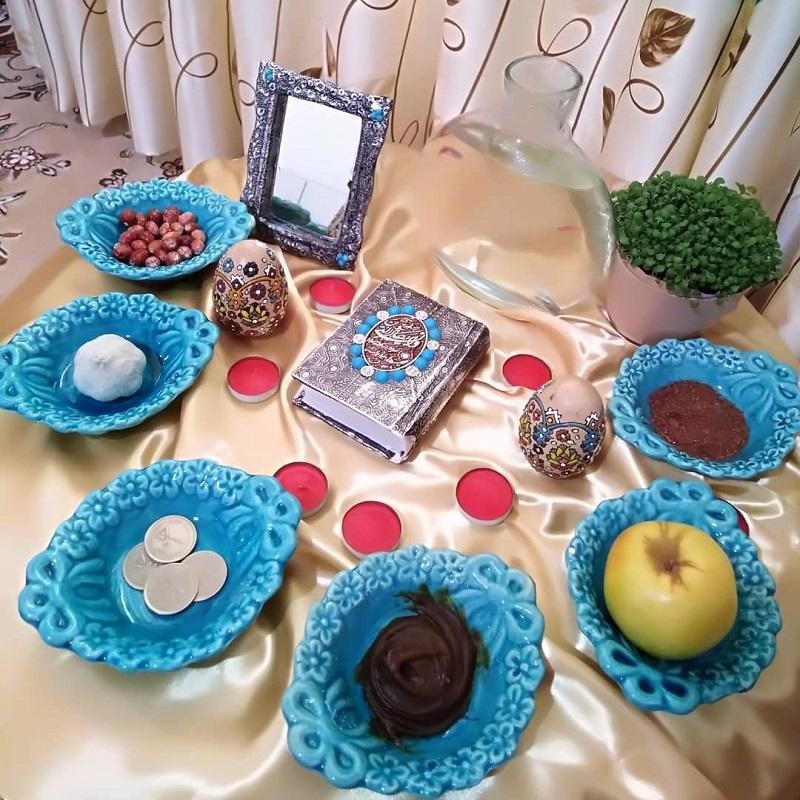
One of the most recognizable Nowruz symbols is the Haft-Seen table, which includes seven items starting with the letter “S” in Persian. Each item symbolizes a different hope for the new year:
Sabzeh (wheatgrass): Represents rebirth and renewal.
Samanu (sweet pudding): Symbolizes affluence and prosperity.
Senjed (dried oleaster): Represents love and compassion.
Seer (garlic): Symbolizes health and medicine.
Sib (apples): Represents beauty and health.
Somaq (sumac): Symbolizes the color of sunrise and the triumph of good over evil.
Serkeh (vinegar): Represents patience and age.
Other Sofreh Haft Seen Symbols
Mirror: The mirror represents reflection and introspection. It encourages individuals to look back at their past actions and decisions while also looking forward to the future with clarity and hope.
Candles: Candles symbolize enlightenment and the dispelling of darkness. They represent the light of knowledge and the warmth of life, bringing a sense of hope and guidance.
Painted Eggs: Colorful painted eggs symbolize fertility and new beginnings. They are placed on the Haft-Seen table to represent the potential for life and the rejuvenation that spring brings.
Coins: Coins symbolize wealth and prosperity. They represent the hope for financial success and abundance in the coming year, reflecting the importance of economic stability.
Mahi (Goldfish): The goldfish symbolizes life and the end of the old year with the arrival of the new. The constant movement of the fish signifies activity and the continuous flow of life, bringing vibrancy to the celebrations.
Haft-Mewa (Seven Fruits)
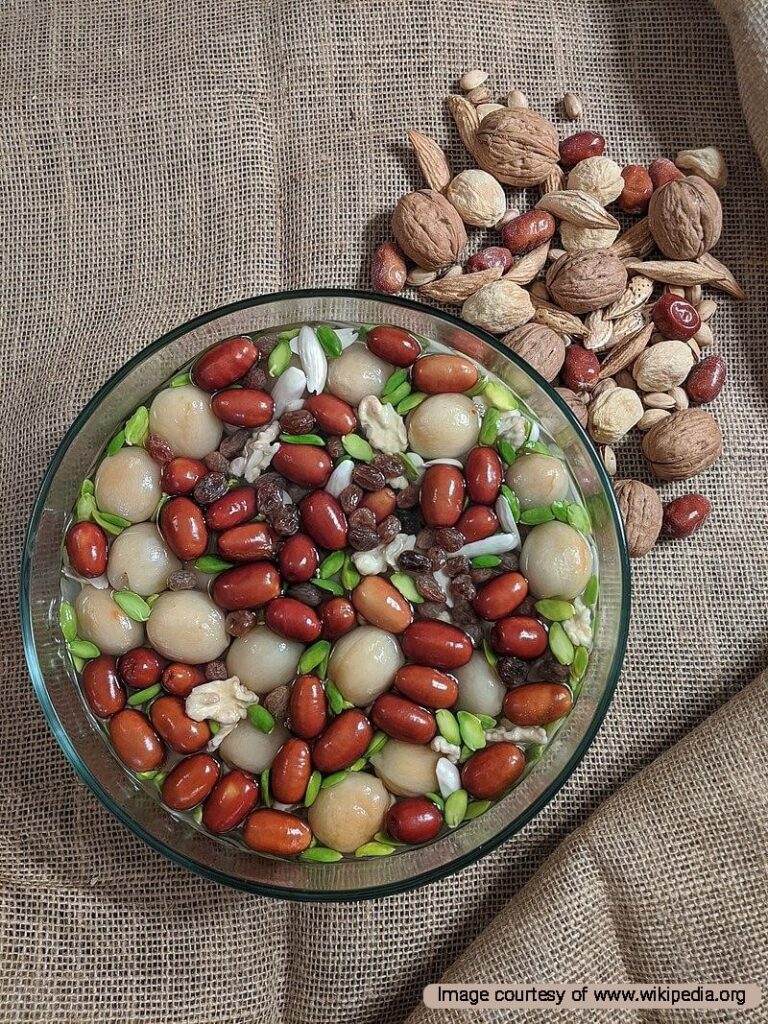
Another traditional arrangement is the Haft-Mewa table, which includes seven dried fruits and nuts. This arrangement is more present in the Afghan version of Nowruz celebrations.
Walnut: Symbolizes intelligence and wisdom.
Almond: Represents patience and virtue.
Raisin: Symbolizes sweetness and joy.
Pomegranate: Represents fertility and abundance.
Hazelnut: Symbolizes prosperity and happiness.
Fig: Represents enlightenment and knowledge.
Apricot: Symbolizes health and longevity.
Amu Nowruz
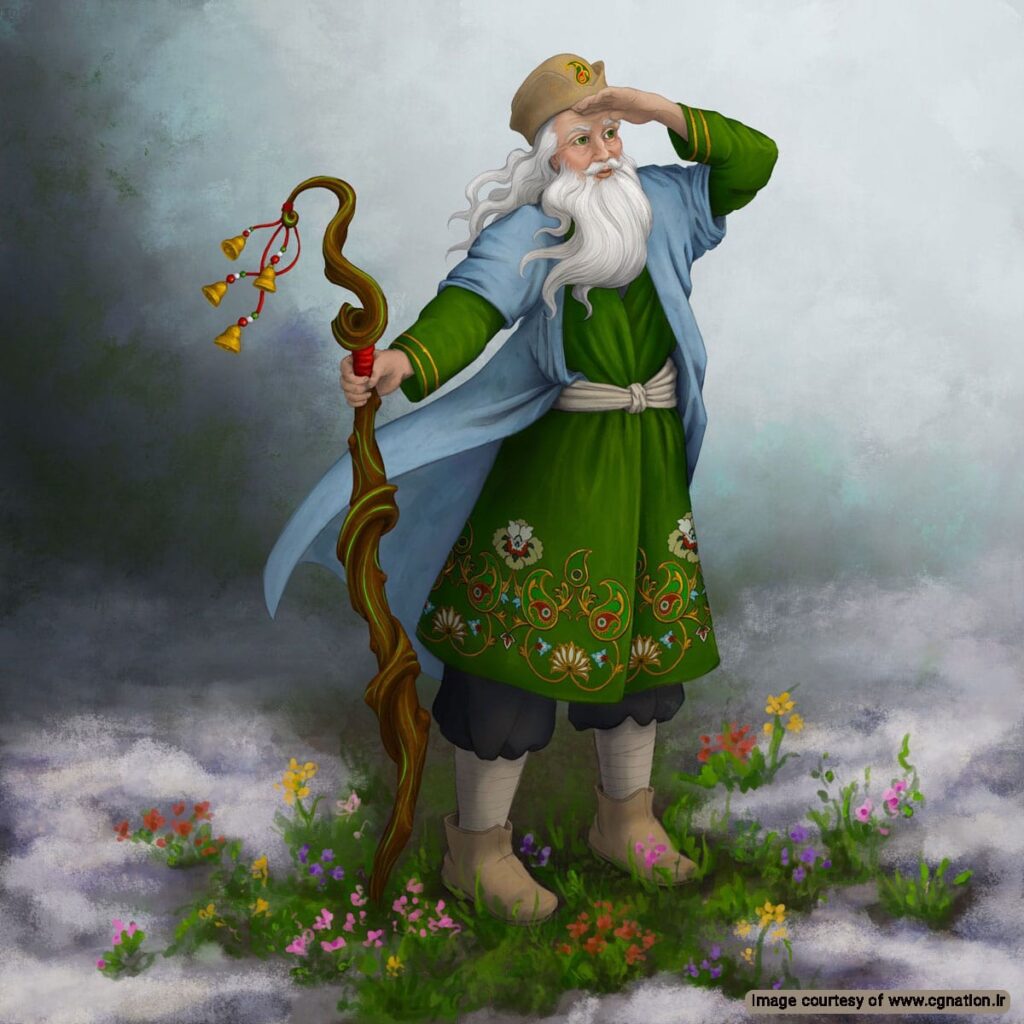
Amu Nowruz is another iconic figure associated with the Nowruz celebrations. Often depicted as an elderly man with a white beard, Amu Nowruz is considered the personification of the new year. He is said to arrive with the advent of spring, bringing gifts and blessings for the new year, much like Santa Claus during Christmas.
Naneh Sarma
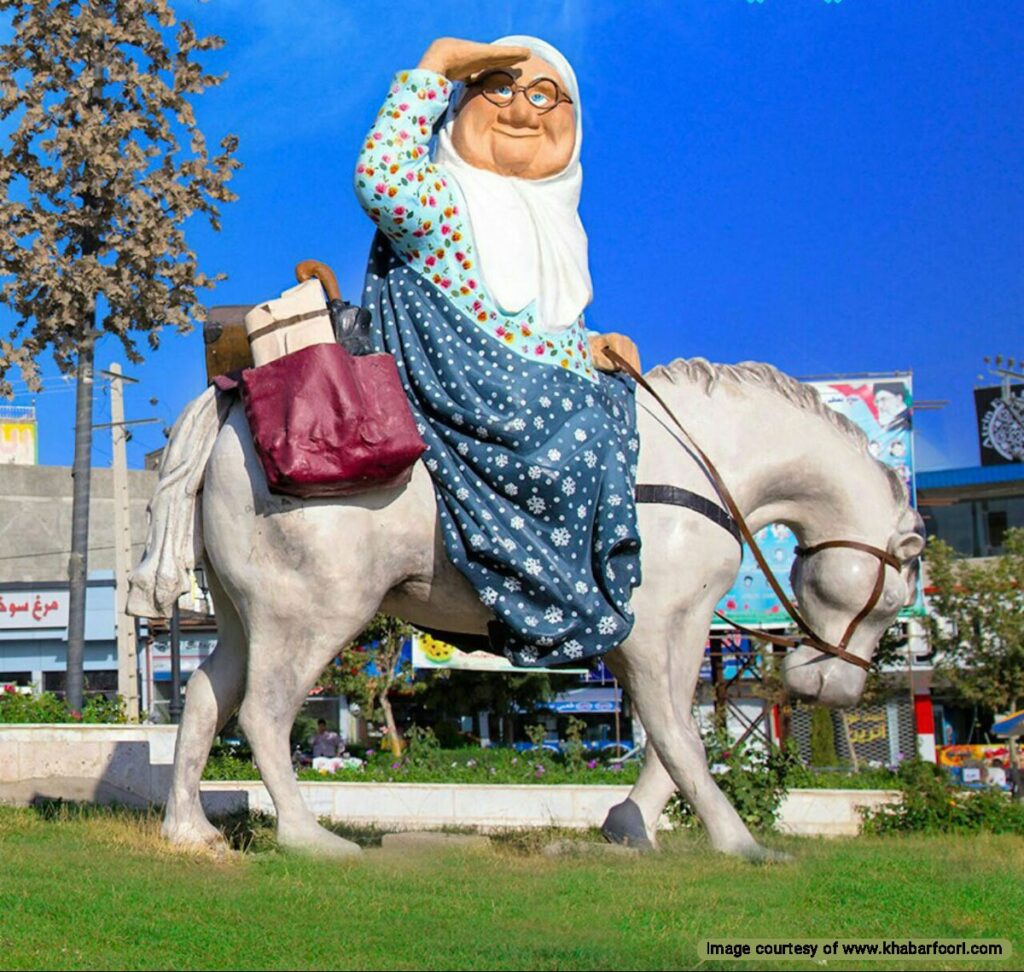
Naneh Sarma, or “Grandmother Frost,” is another symbolic figure in Nowruz mythology. She is often seen as the counterpart to Amu Nowruz, representing winter. According to folklore, she leaves as spring arrives, making way for the warmer season and new beginnings.
Haji Firuz
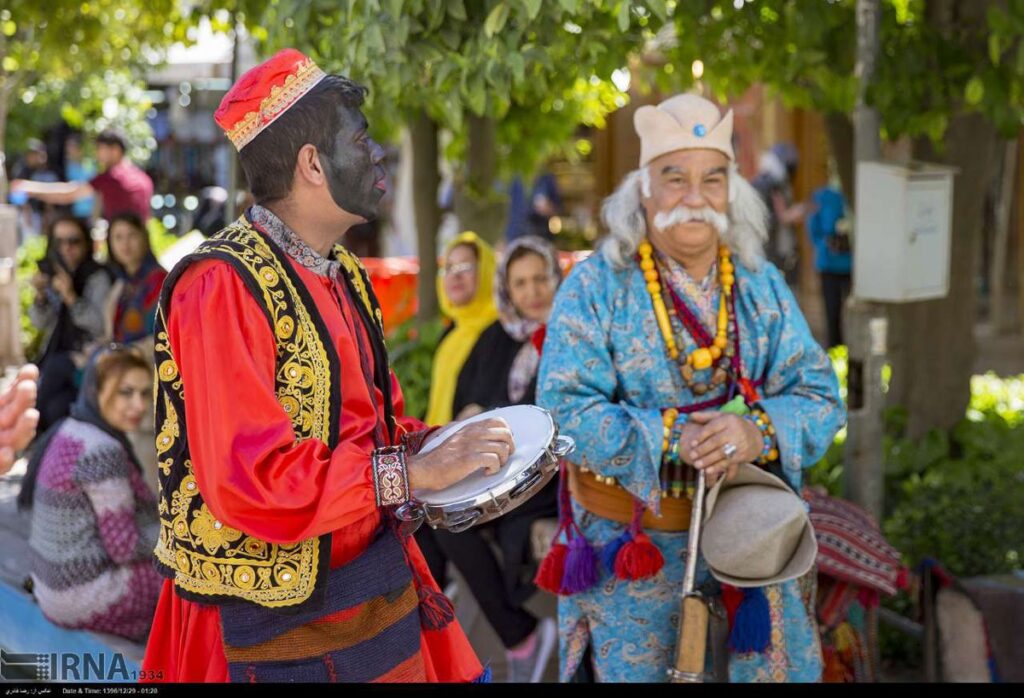
Haji Firuz is a traditional character who heralds the arrival of Nowruz, dressed in red clothes, a felt hat, and a black mustache, Haji Firuz sings and dances through the streets, bringing joy and happiness to everyone. His cheerful presence is a reminder of the festive and joyous nature of Nowruz. Before the new year, Haji Firuz impersonators can be seen on the streets, dancing and singing tradiitonal Nowruz songs.
For more articles on Iranian culture inscribed in UNESCO, go to:





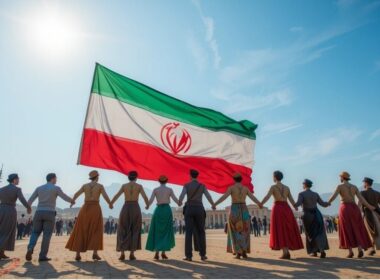
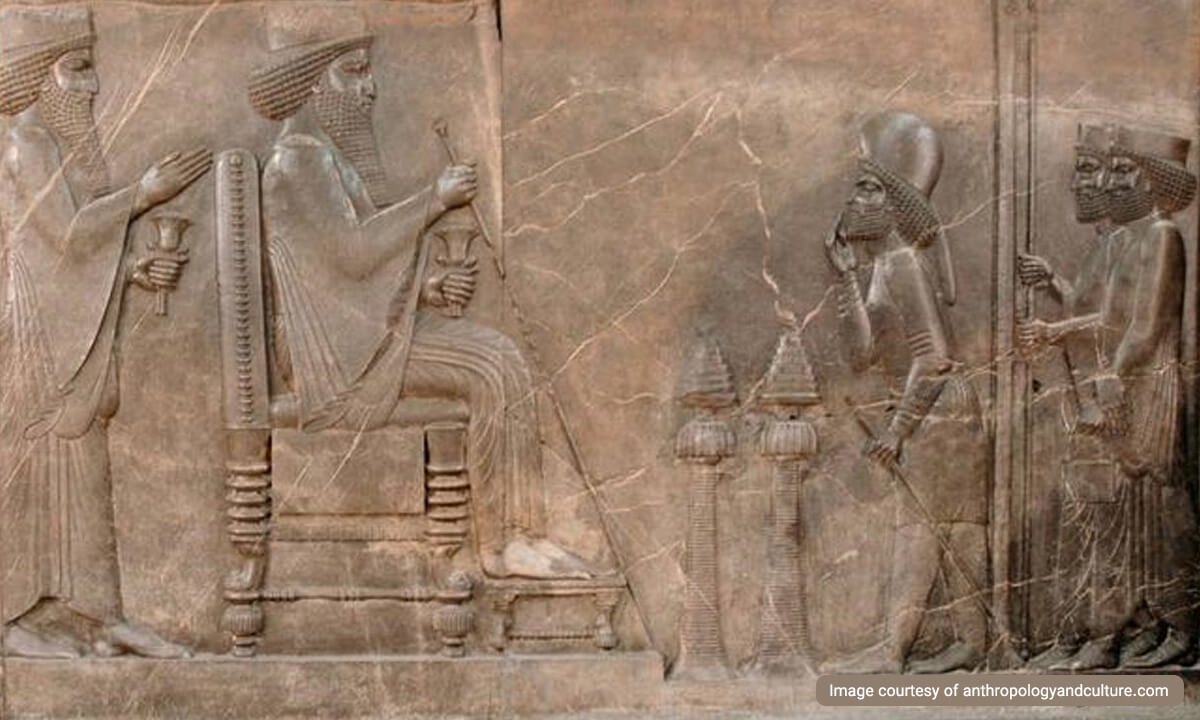
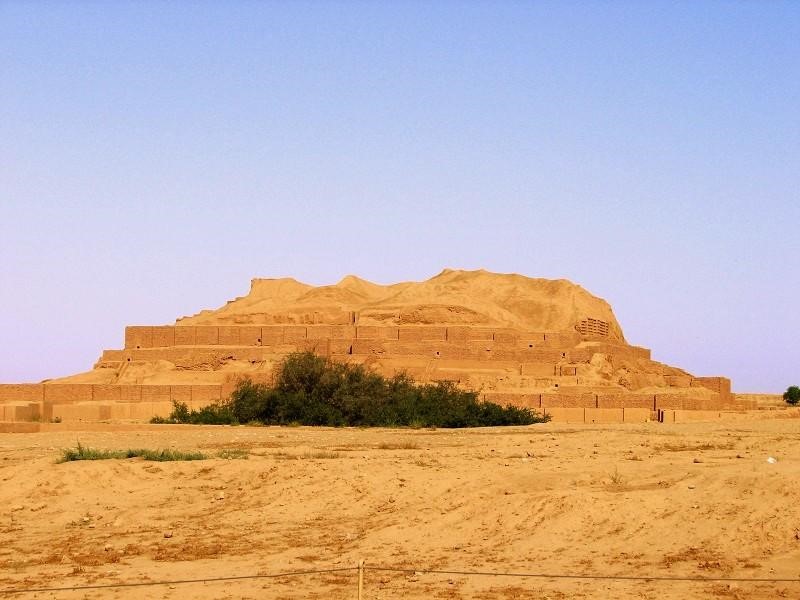
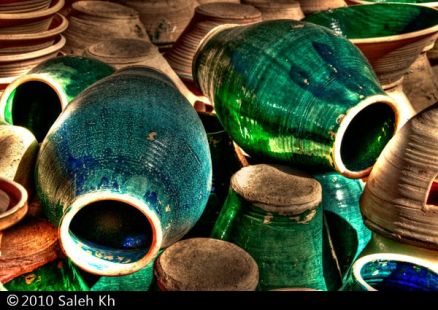
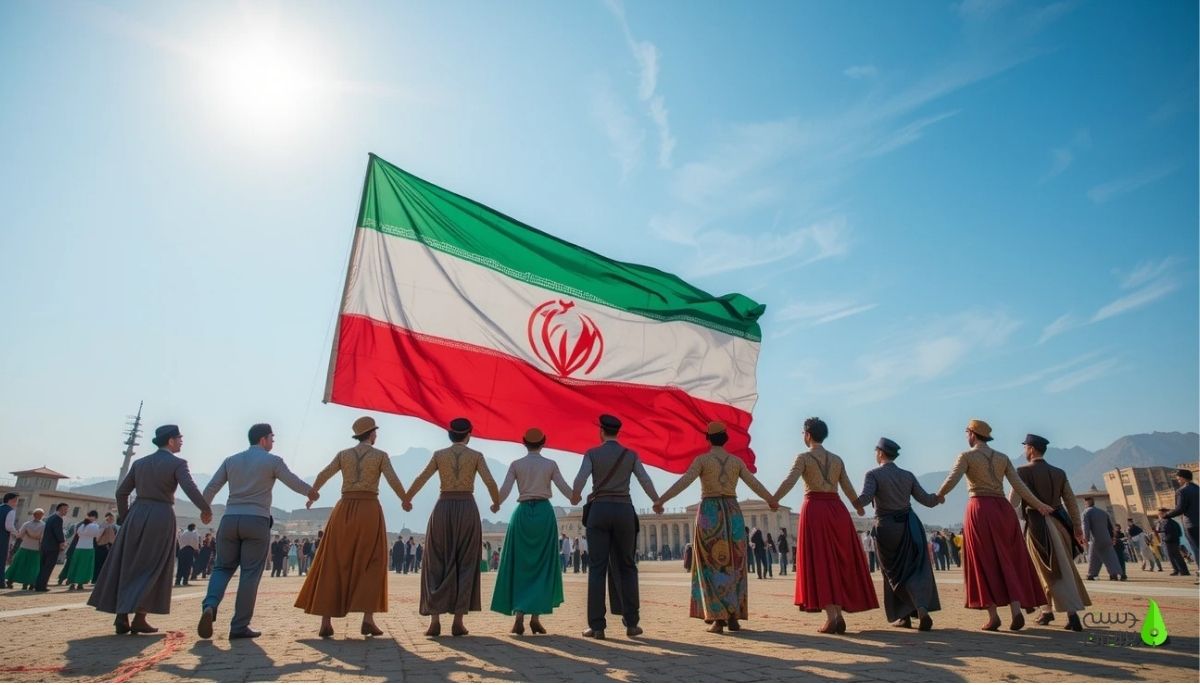
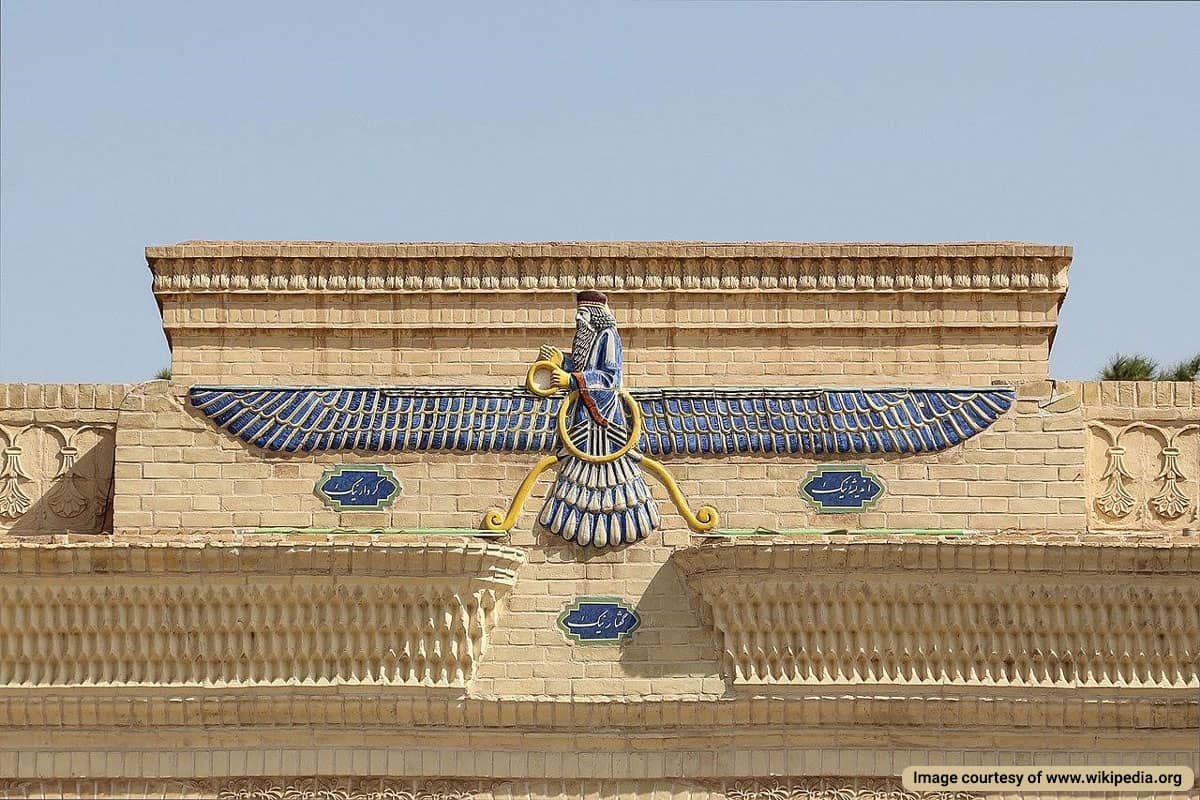
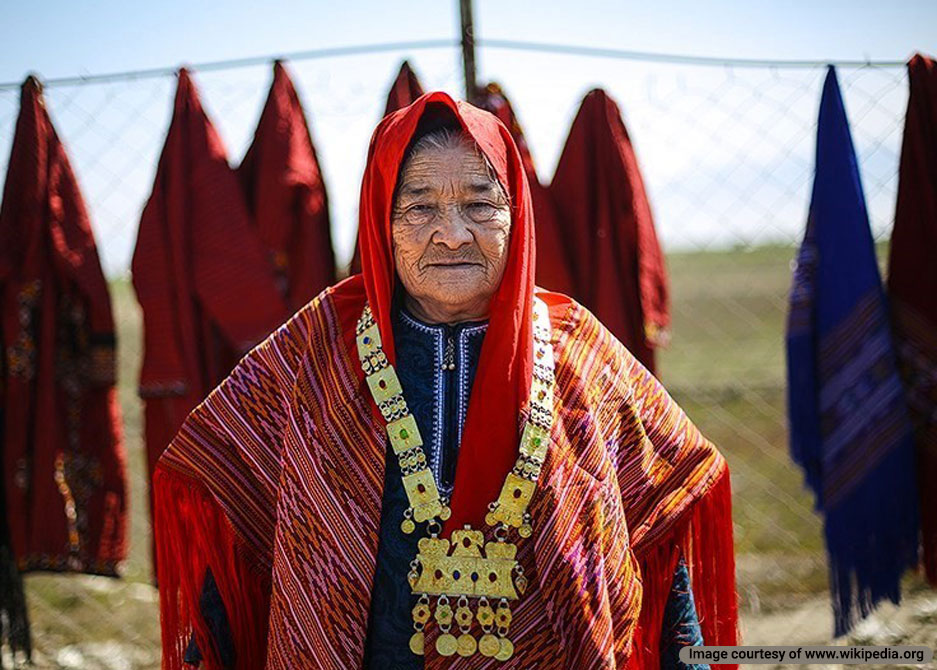
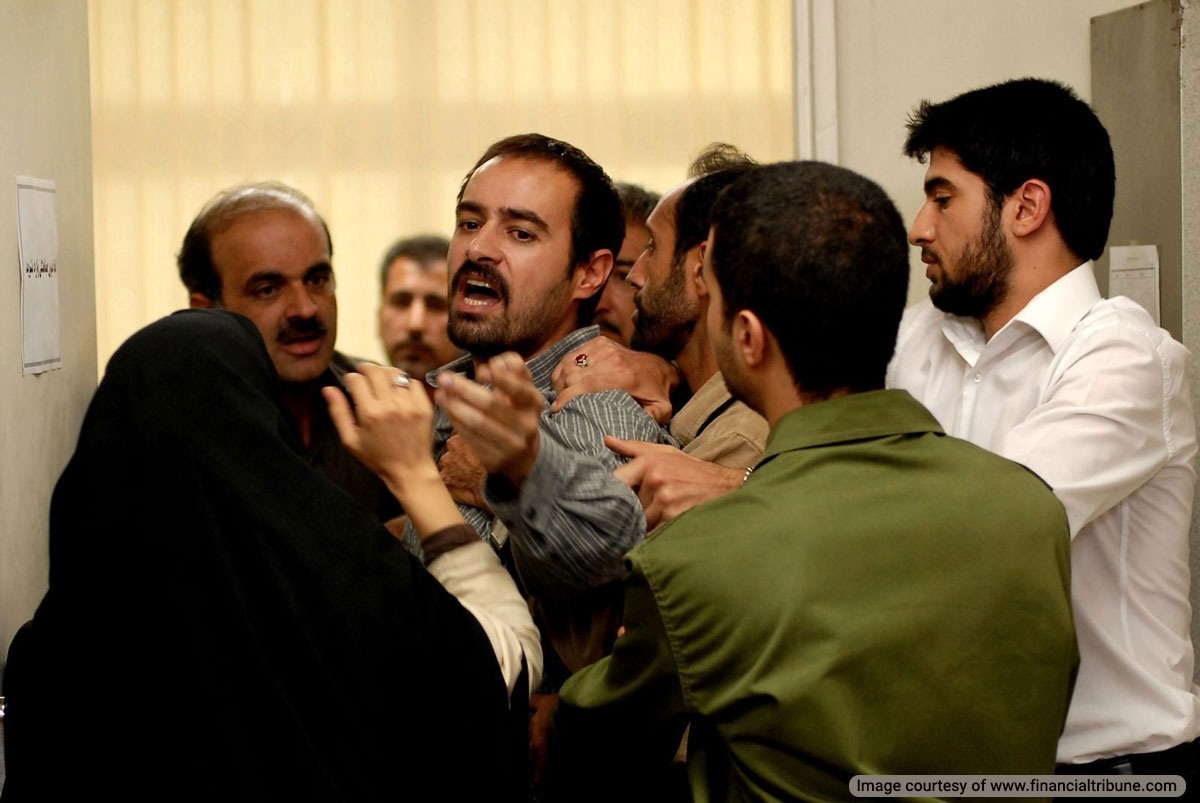


And a Happy Nowrus to you Rahman
Thanks Graham.
Fascinating article again, I always learn a lot reading your blog!
I’m happy you liked it Becky.
Rahman — We forget that so many of the traditions we celebrate today originated in ancient times. Thanks for continuing to enlighten me about Iran.
You’re welcome Jeannette. It becomes even more interesting when we know what we’re doing and why. Often times, the history has got a lot to teach us all.
Happy Nowrus, Rahman! All the best for you in the new year!
And thank you for your wonderful news-letters! I really enjoy reading them!
Greetings from Anne in a sunny Oslo!
Thank you very much Anne. I appreciate it. I feel so happy when I see that people like you, who have traveled with me more than once, still enjoy reading about Iran. Have a great time in Sunny Oslo.